Did you know, that as of June 2019, almost 65% of India’s water reserves are running dry. This is a very scary situation to be in, especially as our population continues to grow and we will need more water to survive.
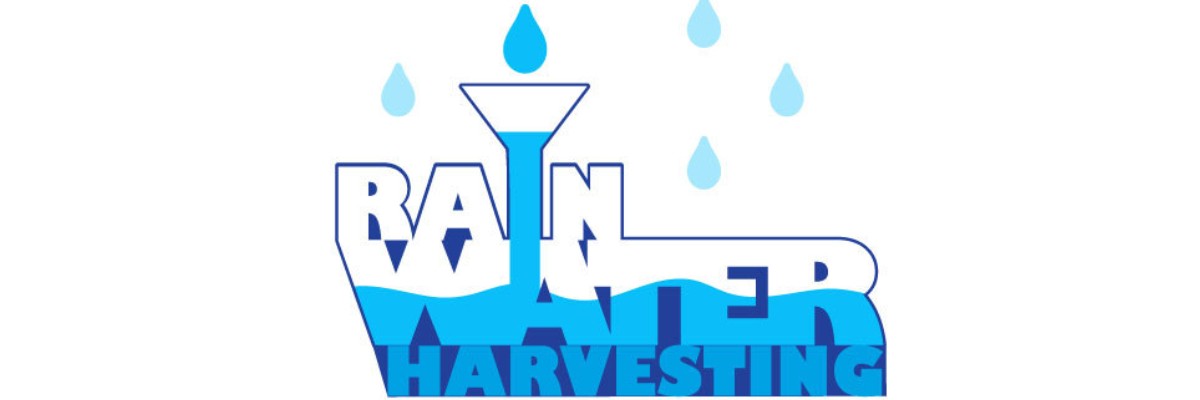
Things we covered for you
There are many ways in which India is trying to tackle this problem, but there are things that you as an individual can do to help better the situation. One of the key things is to reduce your water consumption and the other is to start rainwater harvesting.
What is rainwater harvesting?
Rainwater harvesting is the process of collecting rainwater, this could be rainwater from any surfaces on which rain falls. This water is then filtered and stored for use later. The good thing about harvesting this water is that it helps water levels come back to normal, this water is not wasted.
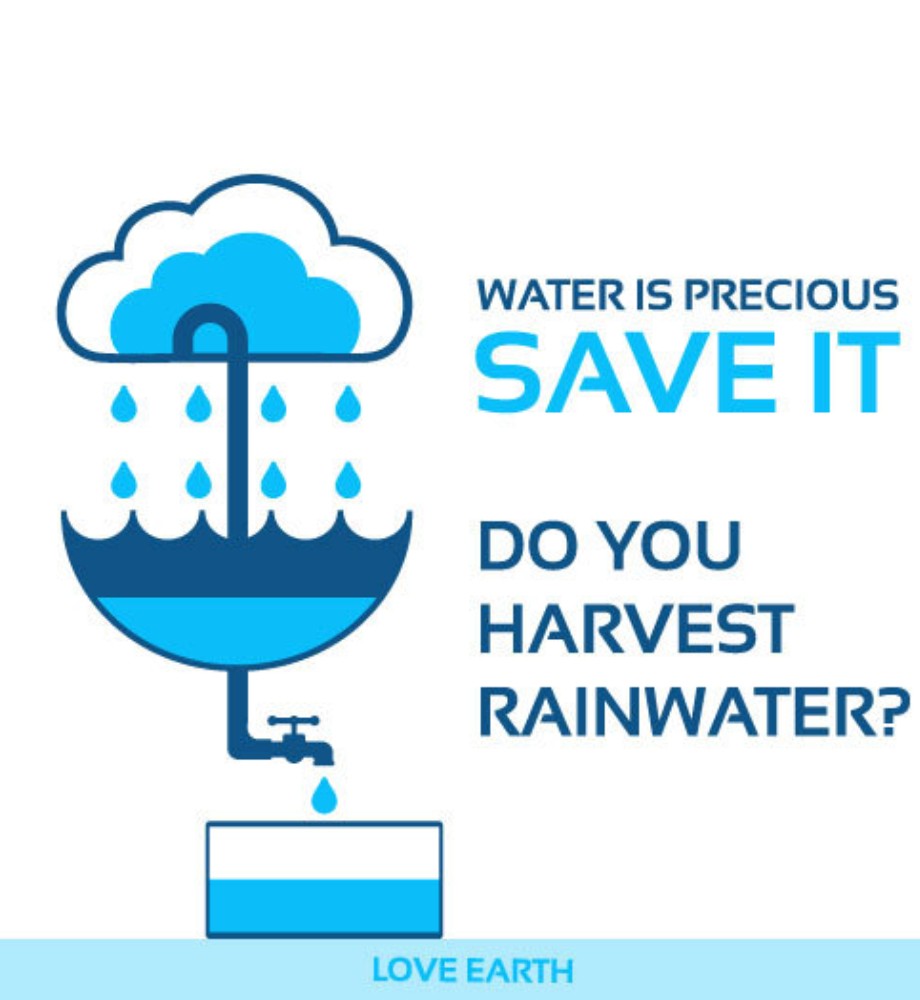
What are the benefits of rainwater harvesting?
Apart from helping us in a time of need, rainwater harvesting has other benefits like –
It controls stormwater run-off –
During heavy rains and floods, you’ll notice that a lot of topsoil gets washed away with the rainwater. But, when you have a harvesting system in place, the water does not run-off, it gets safely collected for later use. This is also a great way to reduce flooding.
It is better for agriculture and plants
Water that is provided by government corporations is always treated with a bit of chlorine before it reaches us. Rainwater is purer and free from this as well as many other pollutants and man-made contaminants. As it is purer, it can flush away salt buildup in the soil and plants hence being more beneficial.
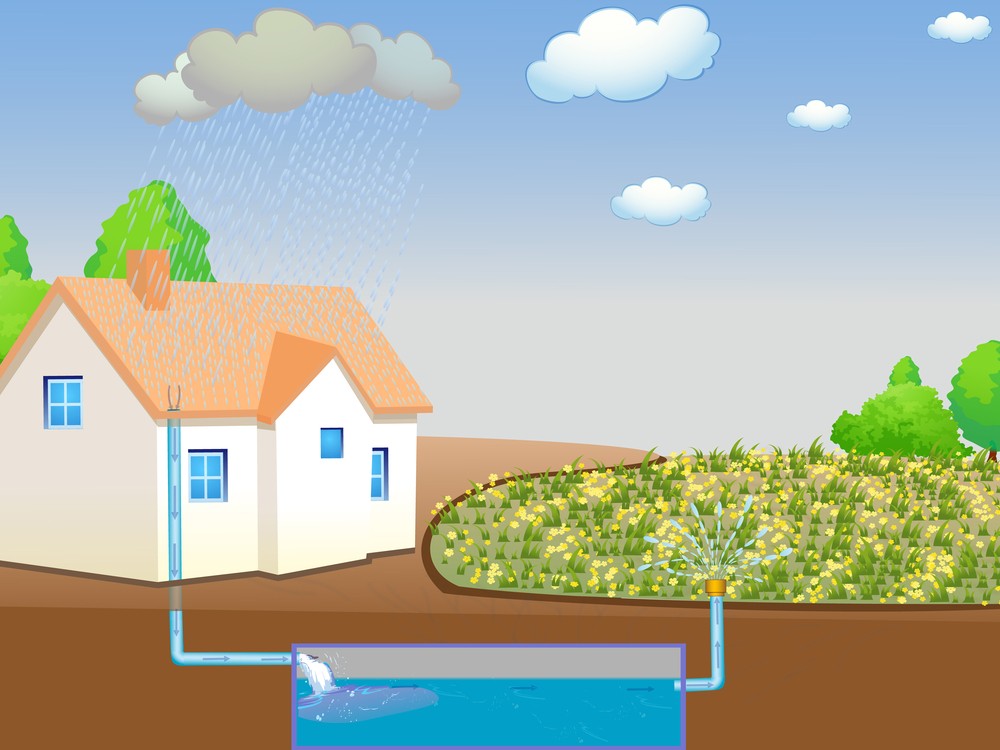
Reduces our dependency and demand for groundwater
If you have ever had a borewell put in, you will be well aware of how deep it has to go to access groundwater. As the water table gets depleted, these wells need to go deeper and deeper to get the same amount of water. When you need to dig deeper wells it’s a huge added expense and more importantly, it weakens the crust and can collapse the soil.
Can be used for almost everything
As mentioned above, rainwater contains fewer contaminants and is soft water. Hence, you can use rainwater for everything like washing clothes, doing the dishes, washing your car, bathing, flushing toilets and so on. The great thing about it is because it is soft water, you will use less detergent and have no problems with the ill effects of hard water.

Lowers the amount you spend on your water bill
It is estimated that each person uses an average of 80-100 gallons of water per day! So, for a house with 3 people, you are using 300 gallons of water every day. As water gets scares the price of water is going to increase, but with rainwater harvesting, you can completely avoid this. You will have your very own safe and free water supply and you won’t have to worry about paying those high bills.
Components of a rainwater harvesting system
A rainwater harvesting system is something that collects and stores rainwater for use later. These systems can be as simple as a barrel being used to collect water, to complex systems with tanks, pipes, filters, purifiers and pumps.
A normal Rainwater Harvesting system usually consists of the following components –
- Catchments
This is any area (paved or unpaved) that directly receives rainfall and provides this water to the harvesting system.
- Coarse mesh
This acts like a strainer and prevents leaves, sticks and other debris from entering the system.
- Conduits
Pipes or drains that are used to transport the collected rainwater to the storage tanks.
- First flush
This device is more like a valve that flushes out the first spell of rain away from the storage tank. This is done because the first rain usually has the most pollutants from the atmosphere and the catchment area.
- Filters
This is used to clean out suspended pollutants from the water, filters are of many types like – Charcoal water filter, Sand filters, Horizontal roughing filter and slow sand filter.
- Storage tanks
These tanks can be of any shape, like cylindrical, square or rectangular and be made from Reinforced cement concrete (RCC), masonry, Ferrocement etc.
- Recharge structures
The water that is harvested can also be used to replenish groundwater through suitable structures like dugwells, borewells, recharge trenches and recharge pits, etc.
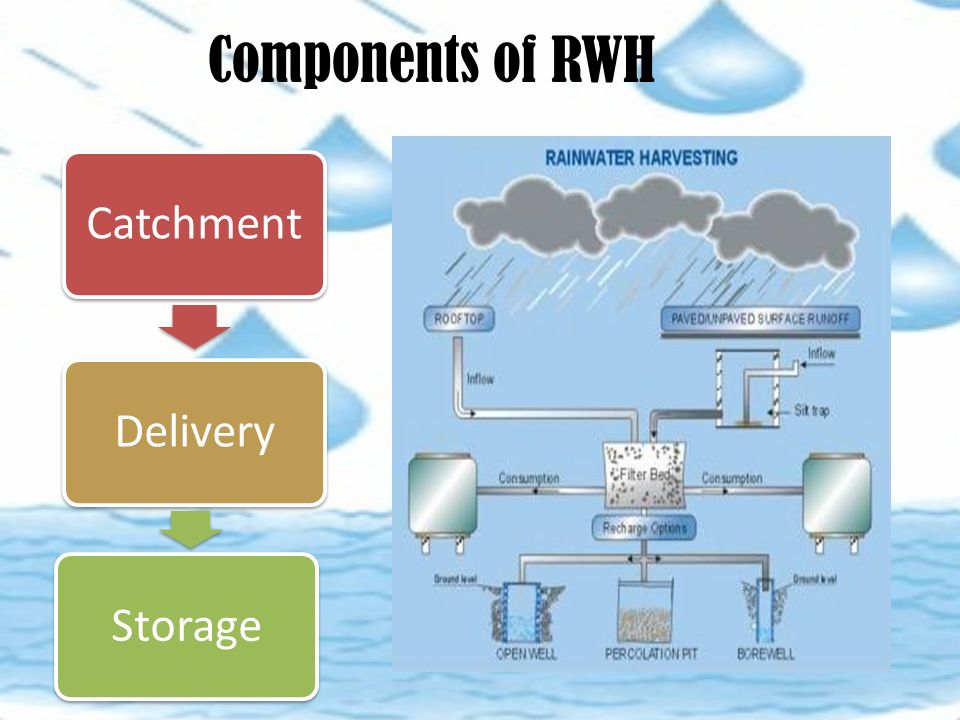
Types of rainwater harvesting systems
There are 3 main types of rainwater harvesting systems, they are direct pumped, indirect pumped, and gravity only and indirect gravity.
- Direct pumped
This is the most common and professional type of rainwater harvesting system available and is perfect for most domestic use. Here the pump is in the underground tank (submersible) or in an external control unit(suction) and the water is pumped directly to where it should be used. If the tank is low on water, then a little water from outside (main water supply) is let in so that there is a constant supply of water.
Read: Stop Leakage with Expert Water Tank Leakage Solutions
- Indirect Pumped
The similarity between indirect pump and direct pump are many, the only difference is that this does not depend on gravity and the tank can be placed anywhere. A booster pump set is used to provide a pressurised supply to water into the tank.
- Indirect Gravity
In this setup, the water collected in the rainwater harvesting tank is pumped to an overhead tank. Pipes are connected to this overhead tank and water is supplied to homes. In case water is running out, water from the main supply is pumped directly to the overhead tank and not the rainwater harvesting tank.
- Gravity Only
In very rare cases you can have a rainwater system that functions solely on gravity. This is when no pump is required at all and gravity does all the works. This is hard to have because the harvesting tank needs to be above the collection tank and also above the water supply system to the house.
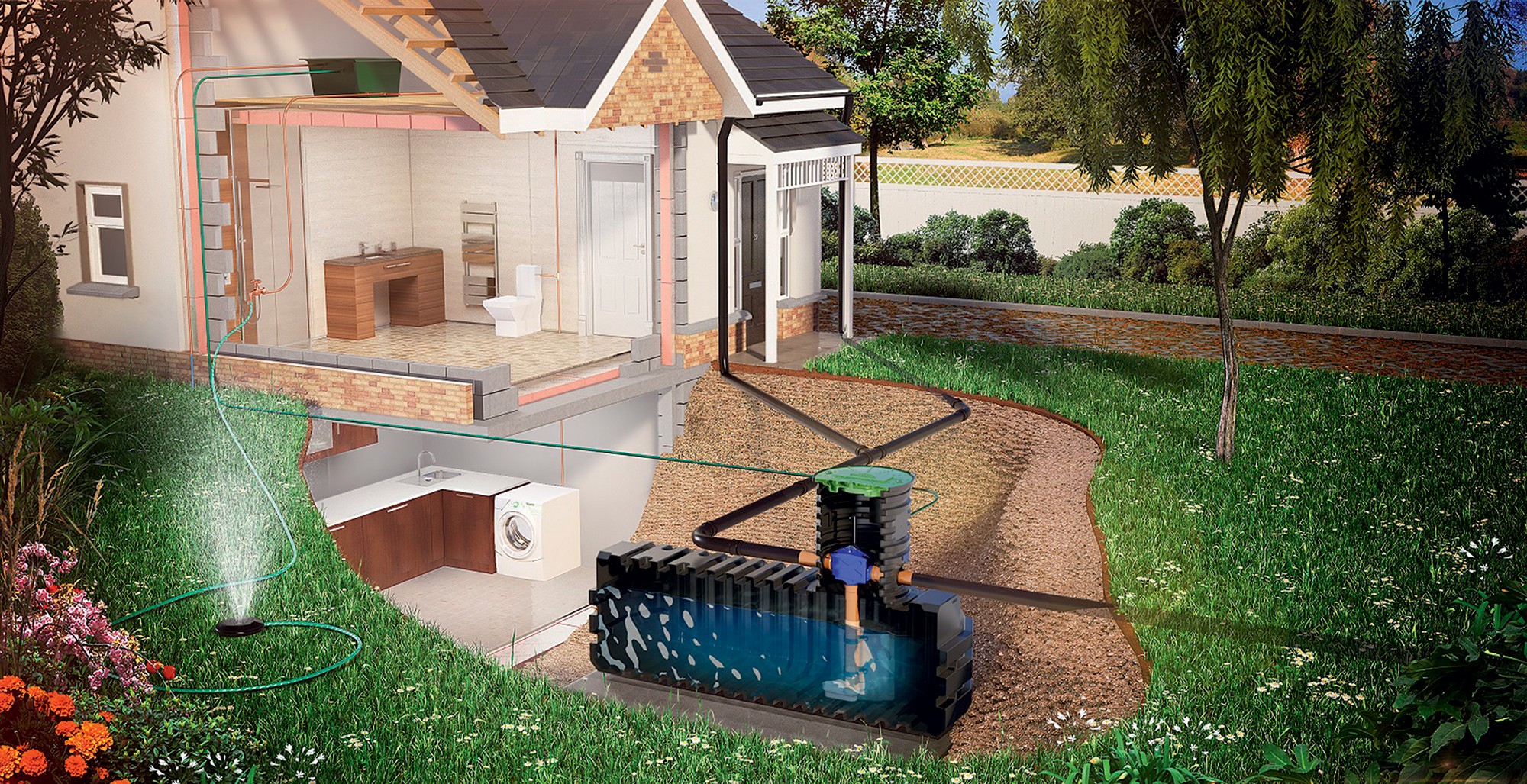
In short, when you capture rainwater, it helps to recharge local aquifers, reduce urban flooding and provide water in water-scarce zones










